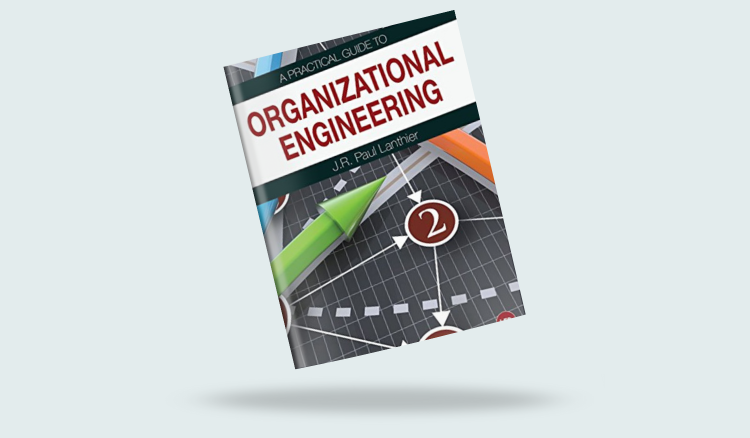Understanding OEM

What Does OEM Stand For? Definition, Benefits, and Examples
OEM means Original Equipment Manufacturer—a firm that fabricates parts or entire modules used inside another company’s finished product. Automakers buy batteries and braking systems from outside plants, phone brands specify camera modules to a specialist foundry, and hospital‑bed suppliers order electric‑actuator sets rather than machining them in‑house.
Working with a skilled OEM lowers cost, raises consistency, speeds launches, and lets the brand owner focus on design or service innovation. This guide explains how that cooperation works, why many sectors rely on it, and where the model is headed next.
OEM, ODM, and Tier Suppliers—Who Does What?
Acronym Core Task Typical Buyer Involvement OEM Builds to the customer’s blueprint Buyer owns design, hands over detailed drawings ODM Designs and builds a completed item Buyer chooses a catalog model or requests minor cosmetic tweaks Tier 1 Integrates multiple sub‑systems for direct shipment to the final assembly plant (e.g., complete dashboard) Close engineering collaboration, joint validation tests Tier 2/3 Produces smaller elements (e.g., wire harness clips) Usually ships to a Tier 1 rather than the brand owner An automotive seat supplier illustrates the chain. Foam molds and steel stampings come from lower‑tier vendors; the Tier 1 stitches coverings, adds sensors, and delivers a ready‑to‑bolt unit; the OEM for that seat program meets the car maker’s exact spec but doesn’t own the car badge.
Why Businesses Outsource to OEM Partners
Lower Capital Burden
Tooling for die‑cast housings or plastic injection molds runs into millions of dollars. Outsourcing converts that lump‑sum investment into a predictable per‑piece charge, freeing cash for marketing, software, or R‑and‑D.
Steady Quality
A plant that turns out the same component all day builds statistical control into every machining step. Scrap drops, field failures fall, and warranty reserves stay lean.
Faster Launch Cycles
Handing an early design package to a proven supplier with existing lines cuts several months from the pilot‑run calendar. That speed to shelf is often the difference between trendsetter and follower.
Talent Leverage
Mechanical engineers at the brand owner can devote brainpower to ergonomics, connectivity apps, or battery‑management algorithms instead of conveyor layouts and preventive‑maintenance charts.
Supply‑Chain Resilience
When one partner holds deep stock or multiple factories around the globe, sudden regional disruptions—storms, power cuts, political flare‑ups—have less impact on final assembly.
Hidden Costs and How to Manage Them
While unit price tends to drop, three other levers need active supervision:
- Intellectual‑Property Security – Clear contractual fences, encrypted file exchanges, and periodic audits keep proprietary designs from leaking.
- Logistics Lag – Ocean freight saves money but adds weeks; a dual‑sourcing plan balances transit time and landed cost.
- Currency Exposure – Quoting in the supplier’s home currency may look cheap until exchange rates swing. Tiered pricing tables or hedging agreements reduce surprises.
OEM Contributions Across Sectors
Automotive
- Modules: Batteries, infotainment head units, radar sensors
- Trendline: High‑nickel cathodes and power‑dense SiC inverters for extended EV range
- Quality focus: Functional safety under ISO 26262, plus traceability down to individual cell lots
Medical Technology
- Modules: Drug‑delivery pumps, diagnostic catheters, smart‑patch housings
- Trendline: Miniaturized motors and low‑power Bluetooth radios so devices stay on‑body longer
- Validation layer: ISO 13485 systems, biocompatibility tests under ISO 10993
Hospitality and Commercial Food Service
- Modules: High‑efficiency refrigeration compressors, touch‑free beverage valves, occupancy sensors
- Trendline: Low‑GWP refrigerants and cloud‑connected maintenance dashboards
OEM vs. Aftermarket: Decision Matrix
Factor OEM Part Generic Alternative Warranty retention Keeps full coverage intact May void coverage if failure traced to part Long‑term TCO Fewer unplanned downtime hours Potentially higher if replacements frequent Custom calibration Matches ECU or firmware tables exactly Sometimes needs manual parameter edits Lead‑time risk Depends on single approved source Multiple distributors, variable quality For mission‑critical assemblies—aviation brake rotors, MRI gradient coils—procurement teams seldom gamble on generics. Where replacement effort is trivial—bumper trim clips—price may tip the scale toward the open market.
Digital Factories and the Road Ahead
Enabling Tech Near‑Term Payoff Edge‑AI vision systems Real‑time part‑surface grading, lower scrap 5‑G private networks Deterministic latency for mobile robots Industrial metaverse twins Virtual commissioning, shortened line ramp‑up Bio‑based polymers Drop‑in replacement for ABS with 45 % lower CO₂ footprint As additive manufacturing scales beyond prototypes, some OEMs are beginning to print tooling inserts and even low‑volume end‑parts, reducing lead‑time from weeks to days. Meanwhile, blockchain‑anchored traceability lets automakers track individual battery cells from mine to vehicle, addressing both ethical‑sourcing audits and recycling mandates.
Frequently Asked Questions
Why don’t brand owners just make everything themselves?
Special‑purpose plants enjoy volume economics the brand owner can’t match without massive capital outlay. Outsourcing converts fixed cost into a variable line item.
Does an OEM always build to the brand’s drawings?
Yes. If the supplier also owns the design, the arrangement shifts toward an ODM or “white‑label” model.
Can small startups afford an OEM arrangement?
Yes, especially for PCB assembly, plastic housings, or battery packs. Minimum‑order quantities still apply, so startups often launch with bridge‑tooling or shared lines before scaling to dedicated capacity.
How are OEM warranties handled?
The brand owner fronts customer service. Behind the scenes, its supply agreement may include debit memos, failure‑rate thresholds, and chargeback terms.
Key Take‑Home Message
Original Equipment Manufacturers sit behind nearly every modern product. Choosing a capable partner—and managing that relationship with clear metrics, open forecasts, and shared risk—delivers lower cost, stronger reliability, and faster time to market. As factories digitize and regulators push carbon goals, firms that cultivate a flexible OEM network will stand out in performance and resilience.




